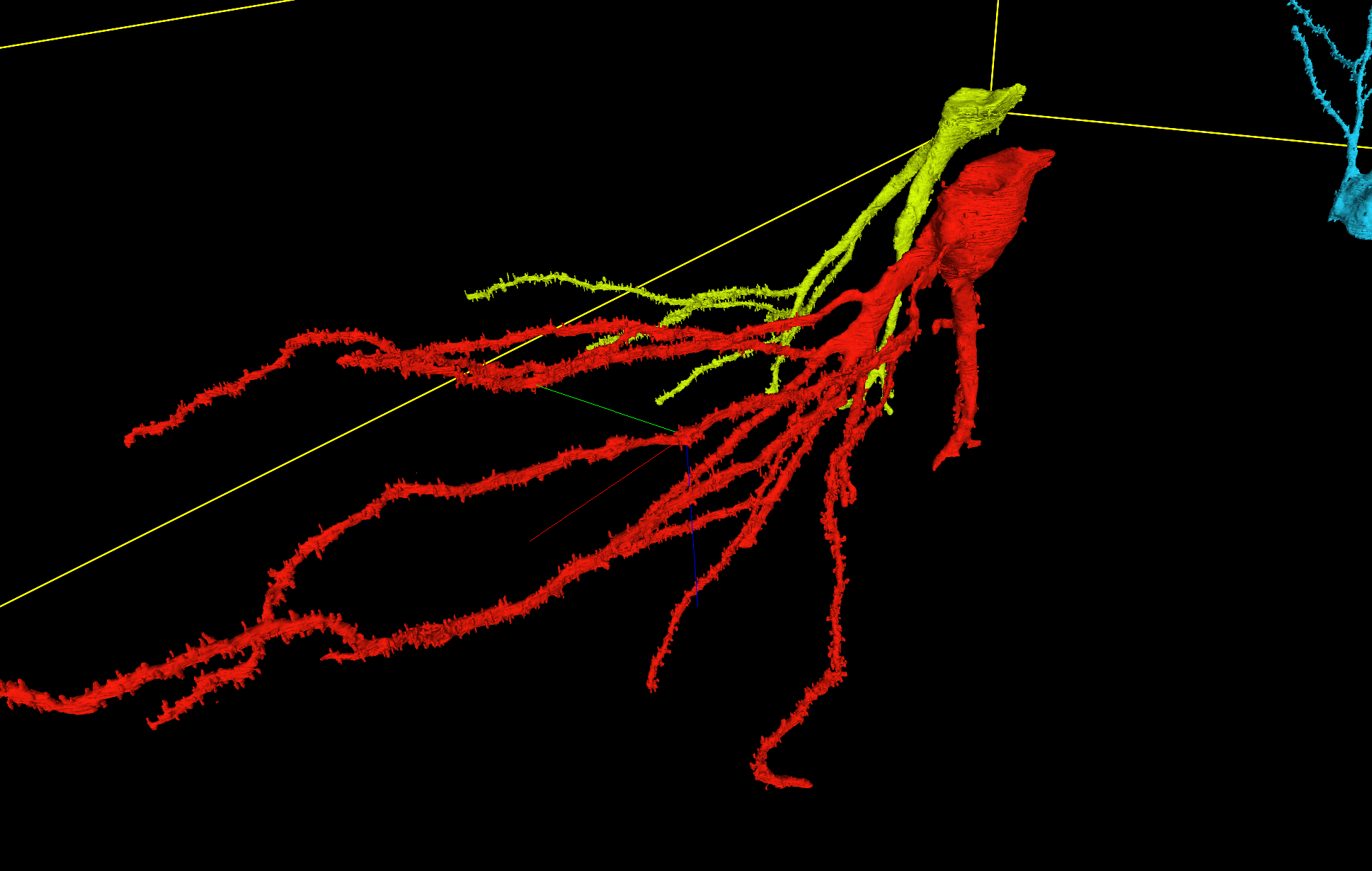
PRISM Technology
Introducing PRISM
PRISM technology enables brain connectivity mapping and reconstruction to be dramatically faster, cheaper, and more accessible. By combining protein barcoding, expansion microscopy, and machine learning, PRISM enables self-correcting neuron tracing using light microscopes.
Interactive Gallery
If you have never used Neuroglancer, check out this tutorial. May load slowly.
left click + drag to rotate; ctrl + scroll (trackpad 2-finger pinch) to zoom.
Machine learning driven barcode enhancement and segmentation
Overview of machine learning segmentation channels
Dense reconstructed neurons
Examples of synaptic connections
Example proofread neurons
DNA
Get all barcoding DNA plasmids available on Addgene for academic and non-profits
Code
Data
Open access of raw light microscopy images, segmentations, precomputed, & training data.
Contact us / Collaboration
Have questions about the technology, troubleshooting, or collaboration opportunities?
Email us at hello@e11.bio
Terms of Use
bioRxiv preprint is license under CC-BY-NC 4.0. Addgene plasmids available to non-commercial entities. Data hosted on AWS and Volara are licensed under CC-BY-SA 4.0. Full terms of use.
Citation / Attribution
Combinatorial protein barcodes enable self-correcting neuron tracing with nanoscale molecular context
Sung Yun Park, Arlo Sheridan, Bobae An, Erin Jarvis, Julia Lyudchik, William Patton, Jun Y. Axup, Stephanie W. Chan, Hugo G.J. Damstra, Daniel Leible, Kylie S. Leung, Clarence A. Magno, Aashir Meeran, Julia M. Michalska, Franz Rieger, Claire Wang, Michelle Wu, George M. Church, Jan Funke, Todd Huffman, Kathleen G.C. Leeper, Sven Truckenbrodt, Johan Winnubst, Joergen M.R. Kornfeld, Edward S. Boyden, Samuel G. Rodriques, Andrew C. Payne
bioRxiv 2025.09.26.678648; doi: https://doi.org/10.1101/2025.09.26.678648








